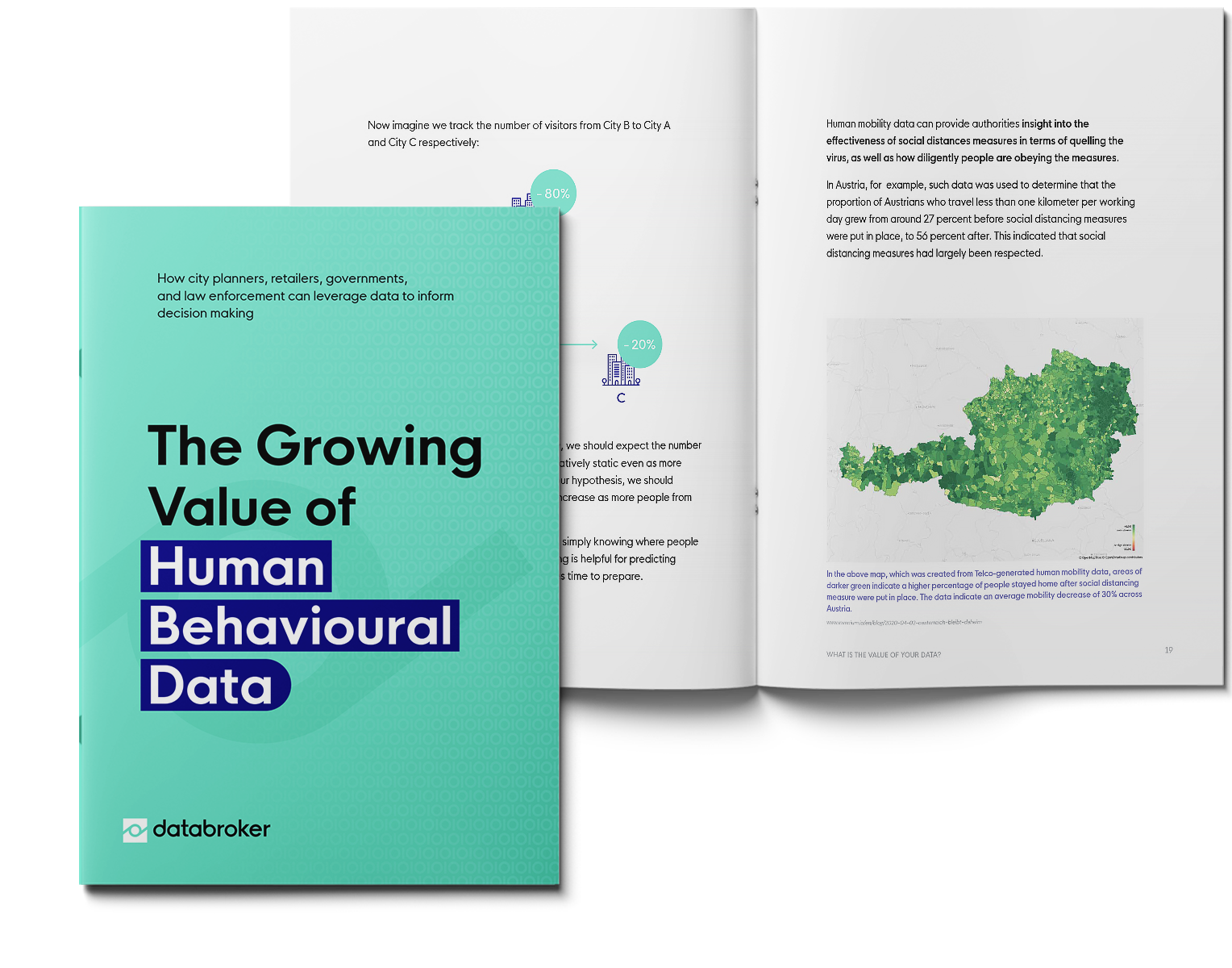How law enforcement can leverage data to inform decision making and improve security

Human behavioral data, by reflecting aspects of life, reveal powerful insights that can guide decision making in a wide range of situations.
These insights allow us to make better decisions. For example, if we can predict the conditions under which a mass gathering is likely to spiral out of control, we can put in place measures that prevent those conditions from occurring in the first place.
Crowd control & law enforcement real-world use cases
Human behavioural data can also be leveraged by police and security to optimize not only staffing, but also to inform tactical strategies. In terms of staffing, the principle is the same as in the above described retail examples. Where the data predict upticks (or downticks) in the volume of people, authorities are empowered to adjust staff accordingly. Additionally, deeper insights can be gleaned from mobility data to inform even more precise decision making. For example, if we know that a large group of people from, for example, England are likely to attend a certain event in Brussels, we can prepare by adding English-language signage and strategically deploying English-speaking staff or interpreters.
There is a saying: “To control human behaviour, alter the environment. “Where more advanced smart city infrastructure is in place, we can make integrations that leverage the data, provide higher levels of automation, and influence human behaviour to improve security. For example, we can use speaker-enabled streetlamps to make data-driven announcements. This can replace much of the need to deploy additional staff unless there is an altercation - which, of course, we’d know about thanks to the cameras positioned in spaces designed for high-volume public gatherings.
Another example of integrating more advanced smart city infrastructure would be locking/opening doors and passageways to regulate crowd flow or even to aid in the capture of suspects. In terms of tactics, human behavioural data has huge potential in the security context. A straightforward example is the use of a crowd modelling tool based on a 3D map of the site and fed with human mobility data. Such a tool can identify potential risks like choke points
and crowd avalanches. Authorities can then be deployed to redirect traffic before the identified hotspots become dangerous.














